Tugendhat Villa in Brno
An outstanding example of Modern architecture of the 1920s, designed by Mies van der Rohe.
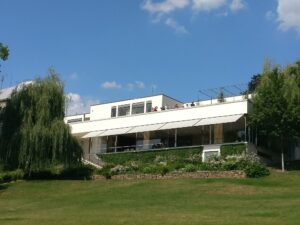
An outstanding example of Modern architecture of the 1920s, designed by Mies van der Rohe.
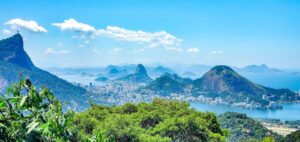
A vibrant city nestled between lush mountains and the sea.
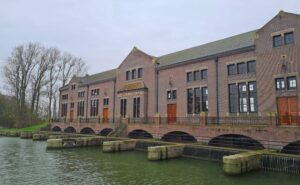
The largest and most powerful steam-driven pumping station ever built.
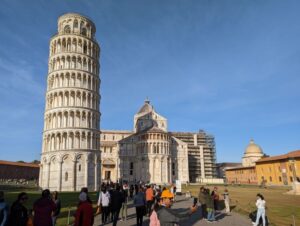
Four masterpieces of Pisan Romanesque architecture, including the world-famous Leaning Tower.
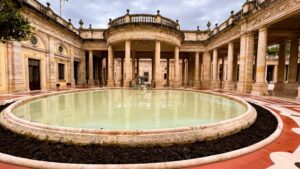
Towns in seven countries where an early tourism industry thrived around natural hot springs.
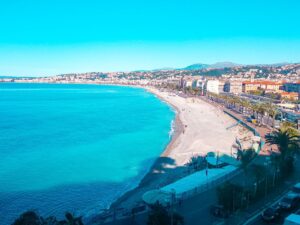
An early example of a city that developed due to tourism.
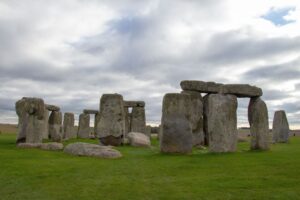
Two mysterious prehistoric stone circles: one, the most sophisticated in the world; the other, the largest.
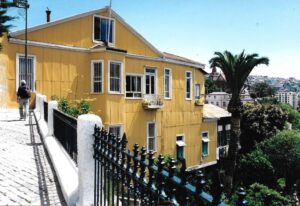
An important 19th-century port city that preserves its urban industrial architecture to this day.
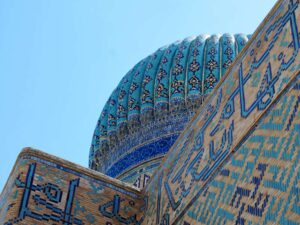
An unfinished mausoleum and mosque that allows an understanding of Timurid construction methods.
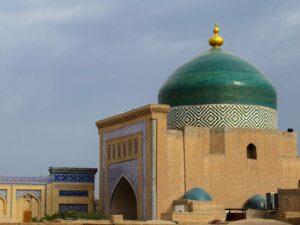
An excellent illustration of the traditions of Islamic architecture in Central Asia.

A massive and intricately-carved 9th-century Buddhist temple.
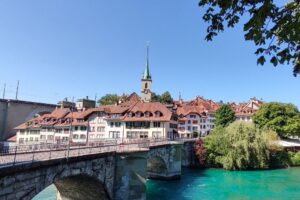
A unique example of urban planning from the Middle Ages that has developed over time while still respecting the original plan.
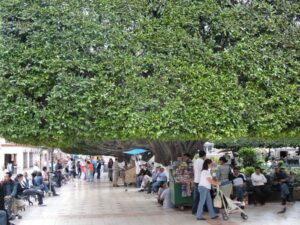
A colonial-period silver-mining center, with subterranean streets and Baroque architecture.
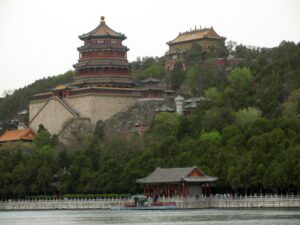
A summer retreat for China’s emperors, with extensive classical gardens, an artificial lake, and a collection of palace buildings.
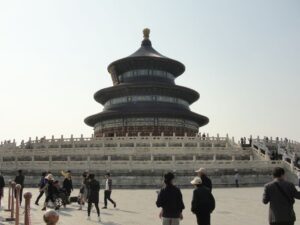
A religious complex used by Ming and Qing dynasty emperors that is significant both symbolically and architecturally.
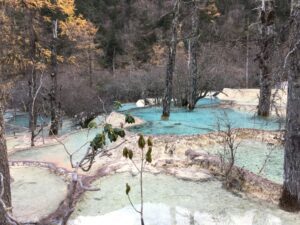
A beautiful high-elevation natural area known for its colorful ponds and waterfalls.
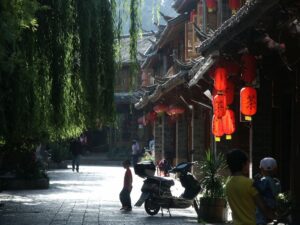
A charming traditional Chinese town that combines Naxi, Han, Bai and Tibetan influences.
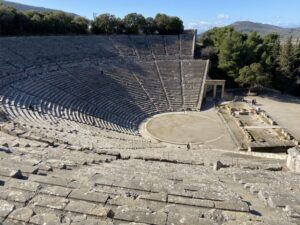
Ruins of an ancient place of healing, with a huge and still intact Greek theater.
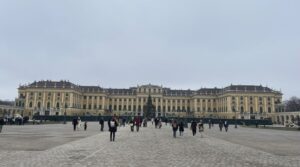
Former home to the powerful Habsburg emperors: an opulent Baroque castle and its gardens.

Nine traditional Chinese gardens that artfully mirror the natural world in very limited spaces.
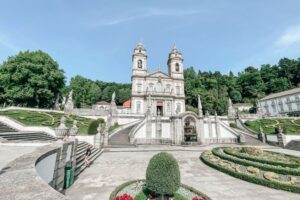
An exquisite example of Portuguese Baroque architecture expressing a spiritual journey.
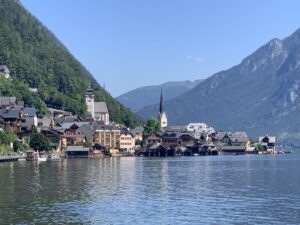
A picturesque little village surrounded by a breathtaking mountainous landscape.
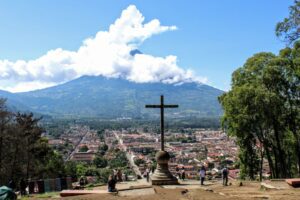
A lovely city that illustrates Spanish colonial-era architecture, city planning, and culture.
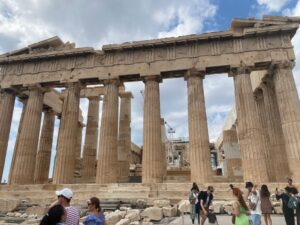
The most famous remnant of ancient Greece, standing high above the city of Athens.
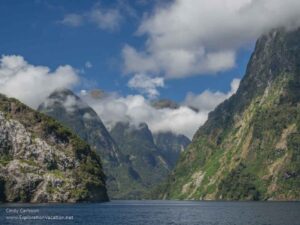
A vast wilderness area of great natural beauty with mountains, fjords, sounds, rainforests, glaciers, and a range of fauna and flora.
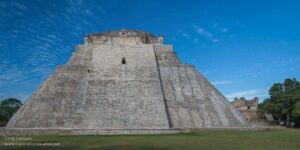
Four sets of pre-Columbian ruins that exemplify Mayan art and architecture when Mayan civilization was at its height.
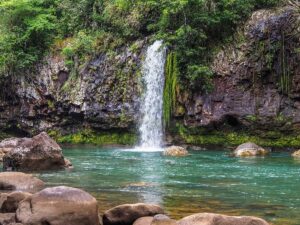
A vast area of tropical rainforest, home to a huge diversity of plant and animal species.
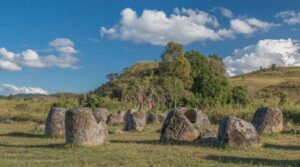
Ancient sites with large stone jars that were used in funeral rituals.
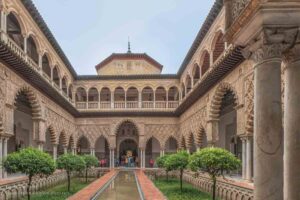
Three properties that are central to the history of Spain’s “Golden Age.”
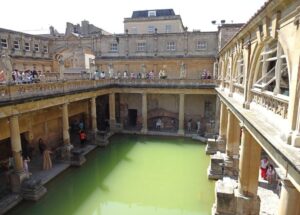
Famous Georgian-period spa town with surviving elements from its Roman-period history as well.
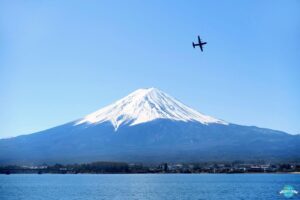
Mount Fuji and numerous natural and religious sites related to its spiritual importance.
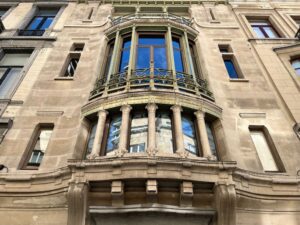
Four pioneering works of architecture in Art Nouveau style.
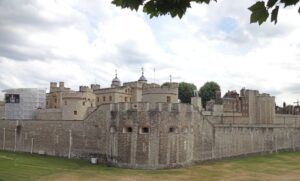
A historic castle used as palace, fortress and prison since the days of William the Conquerer.
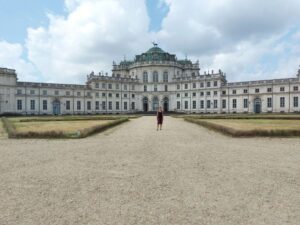
A series of palaces and estates in and around Turin that exemplify baroque architecture.
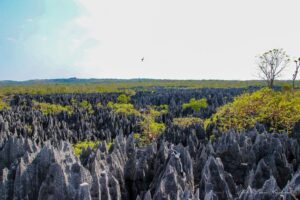
A stunning landscape of granite pinnacles in a nature reserve protecting endemic species.
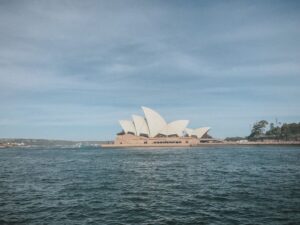
A landmark of 20th-century architecture on Sydney Harbor.